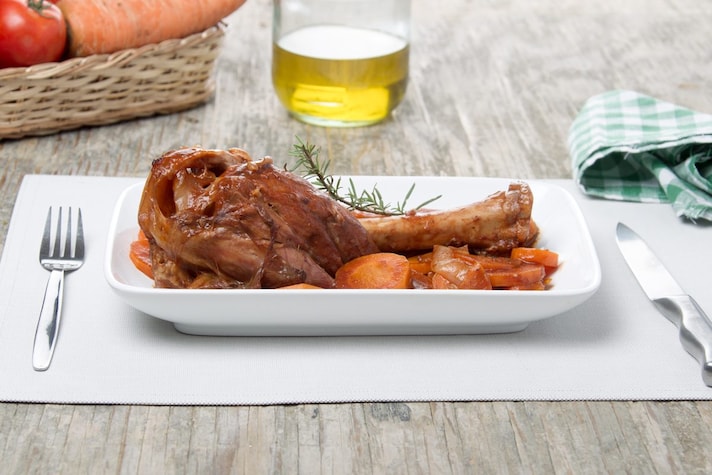
Maror, a key element in the Jewish Passover Seder, carries deep symbolic meaning rooted in ancient traditions and biblical narratives. To fully appreciate its importance, let’s explore what maror is, its meaning in the Bible, its role on the Seder plate, who eats it and when, and the herbs traditionally used to prepare it.
The Meaning of Maror
Maror refers to the bitter herbs eaten during the Passover Seder. The term "maror" comes from the Hebrew word "mar," meaning bitter. This bitterness is symbolic, representing the harshness and suffering endured by the Israelites during their enslavement in Egypt. The consumption of maror is a poignant reminder of the trials faced by the ancestors, fostering a connection between past and present generations.

Maror in the Bible
In the Bible, maror is explicitly mentioned in the Book of Exodus (12:8), where it instructs the Israelites to eat the Passover lamb with unleavened bread and bitter herbs. This directive underscores the importance of remembering the bitterness of slavery alongside the celebration of liberation. The maror thus serves as a tangible link to the historical experiences of the Jewish people, embodying both suffering and the hope of freedom.
Maror on the Seder Plate
On the Seder plate, maror holds a prominent place among other symbolic foods. It is typically placed near the center of the plate, reflecting its significance. During the Seder, participants eat maror dipped in charoset, a sweet mixture symbolizing the mortar used by the Israelites while enslaved. This combination of bitter and sweet flavors encapsulates the duality of suffering and hope, central themes of the Passover story.
Who Eats Maror and When
Maror is eaten by all participants of the Passover Seder, a ritual meal that marks the beginning of the Passover festival. This usually occurs on the first night of Passover (and the second night in some traditions). The Seder is a family-centered event where each person partakes in the symbolic foods, including maror, as part of the retelling of the Exodus story. The act of eating maror is both a communal and individual experience, fostering a sense of shared history and identity.

Herbs Used to Make Maror
Several herbs can be used to prepare maror, each bringing its own level of bitterness to the table. Horseradish is the most commonly used herb, known for its sharp, pungent flavor that can bring tears to the eyes—a fitting representation of the bitterness of slavery. Other traditional choices include romaine lettuce, whose leaves are initially sweet but become bitter towards the stalk, and endive or chicory, both of which offer a more subtle bitterness. The variety in herbs allows for different textures and intensities, adding depth to the Seder experience.
;Resize,width=767;)
